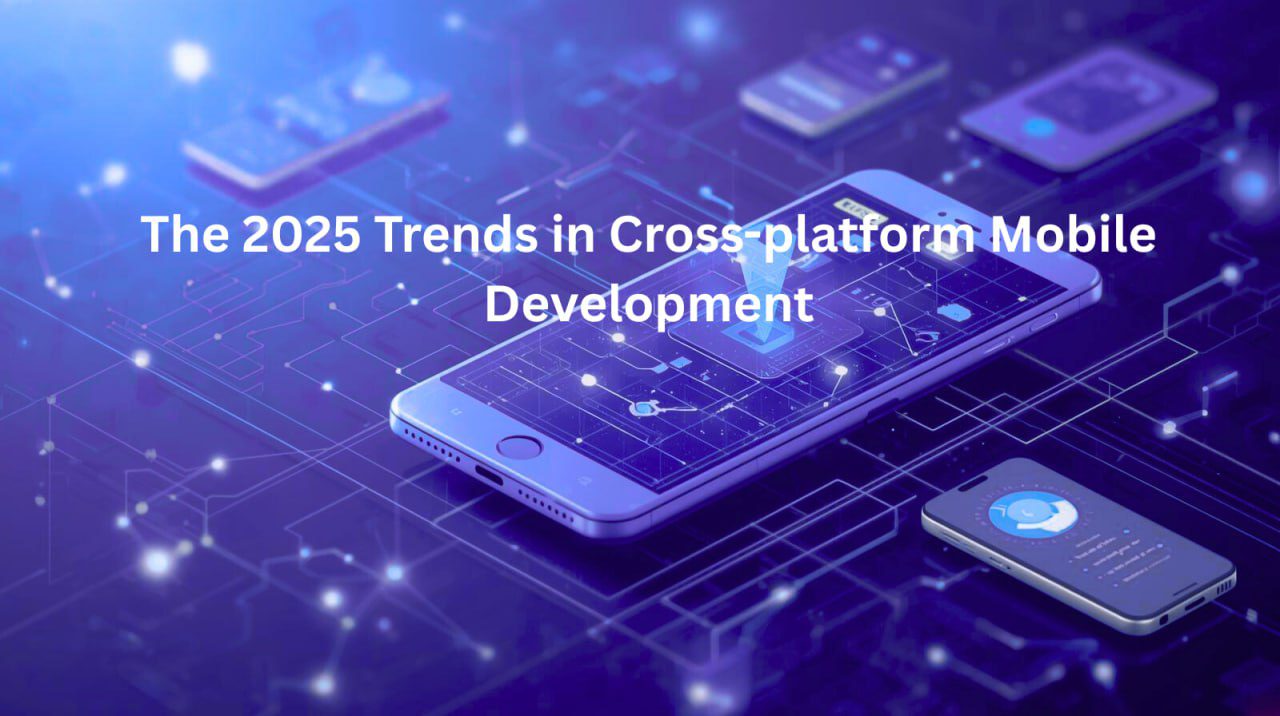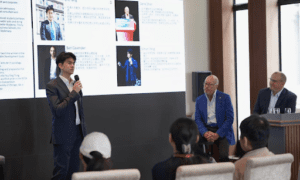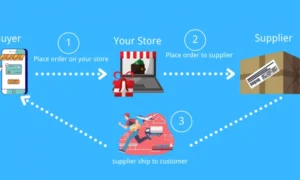Author: Oleksii Kyslenko, Senior Flutter Developer with over 7 years of commercial experience in cross-platform mobile and web development, specializing in custom UI/UX design and native-performance applications. Founder of Lemon Ice Ltd
Cross-platform development entered the mainstream years ago. According to research, 28% of new apps in 2025 built on IOS are built with Flutter, and React Native’s share of new app releases also increased by over 3% in 2025. Cross-platform frameworks continue to be one of the most effective ways of development; but even in 2025 it feels different.
I’ve shipped multiple startup MVPs and production apps with Flutter, and in my experience the combination of improved rendering, faster compiles, and practical on-device AI is drastically changing how we architect apps, prioritize performance, and iterate on UX.
The Three Big Shifts in 2025
Big shifts, shaping the cross-platform landscape, happen in 2025. From projects I’ve worked on, three practical trends stand out:
- Rendering and runtime maturity. Modern pipelines prepare complex graphics ahead of time and hand them directly to the GPU, which reduces unnecessary CPU work and eliminates many of the runtime surprises that used to plague cross-platform apps. In the past, Flutter (and other engines) often compiled these shaders on the fly, while the app was running. When a complex effect first appeared, there might be a short “freeze”. Now, with shader’s pre-compilation and the newest Impeller rendering backend, this issue is fixed. In practical terms, it means that interfaces load faster, animations are smoother and apps run much better overall.
- Compilers and language evolution. Language and compiler updates (proved AOT/JIT stability) speed up overall development cycle, reduce binary size, and reduce CI time. In my projects, I invested a lot in modular builds and package separation and saw the gains multiply: quicker tests and smaller incremental builds.
- On-device AI implementation. On-device intelligence is finally usable for everyday product features. Efficient mobile runtimes and specialized NPUs allow personalization, intent detection, and lightweight inference to run locally. We still rely on cloud augmentation for heavy generation tasks, but running small models (adaptive tooltips, offline recommendations) on-device reduced latency and improved privacy in user tests in our apps.
On the business and ecosystem side, priorities have shifted too. Companies now are more focused on time-to-market and long-term cost of ownership and evaluate stacks through TCO lens: stack selection is now considered in terms of support, engineer availability, and the cost of integrating native features. Mixed development strategies are increasingly gaining interest: a single Flutter code base for most of the app, with critical native modules where fine-grained optimization is needed. And the role of plugins is being rethought – the quality, support and compatibility of plugins matter much more than their overall quantity.
With 2025’ technical advancements, apps are making fewer and smarter server requests while pushing more intelligence to the device: on-device AI and compact LLMs are being adopted more broadly. Reducing model sizes and the emergence of efficient mobile runtimes allow for local generation, classification, and personalization.
Flutter Architectural Shifts in 2025
To turn new platform advances into maintainable products we have to rethink older architectural patterns. In the projects I lead, we focus on the architecture that embraces modularity and observability. Here are key modern architectural approaches, my team, and devs worldwide, are using in 2025:
- Feature-modular monorepo. Separating code into features as independent packages or plugins with clear APIs between layers. This enables parallel development and targeted CI.
- Thin host + feature packages. Make the host application a minimal shell. Features are delivered as packages that can be enabled or disabled.
- Isolate-first concurrency. Move heavy tasks (parsing, media processing, ML preprocessing) into isolates, instead of executing them on the UI thread.
- FFI / WASM for “hot” areas. Implement package CPU-heavy code as a native or WASM module and call it from shared code.
- Telemetry and profiling in CI. Run performance benchmarks in CI, track cold start, memory, jank, and size regression metrics.
Here’s a concept of an effective architecture I frequently used in 2025:
1app/ # host — minimal entry point + navigation
packages/
core/ # auth, network, cache, shared models
feature_x/ # UI + public API
feature_y/
native_modules/ # FFI / WASM optimized code
ci/ # per-package tests + target benchmarks + delta size checks
In my CI I run per-package unit tests, a lightweight integration smoke test for the host app, and automated benchmarks that check cold start and binary size deltas for each PR. If size or jank regressions appear, the PR is blocked until resolved.
This model allows teams to scale without a “monolithic” application, speeds up releases, and enables parallel work by multiple teams.
Emerging Pattern in Cross-Platform Development
Across projects I’ve worked on, I observed four practical usage patterns which try to balance between cross-platform productivity and the realities of platform nuance and performance.
- Single-code + native touch. Most teams use a single codebase for development speed, but leave a thin native layer for platform-specific UX.
- KMM as a business logic sidekick. In case, if native UI and strict performance requirements are important, companies outsource business logic to KMM, while the UI is developed natively or in a hybrid Flutter.
- Flutter as a universal UI tool. Flutter is increasingly used for desktop and web, when a unified design language and high-quality animations are required.
- Modular releases and feature flags. Individual modules are released more actively and gradually rolled out.
Personally, I adopted the following patterns and recommend using it in your projects: use package responsibility boundaries to minimize link density; extract heavy logic to Isolates; and adopt a CI policy that considers performance metrics part of the PR process.
Small advice for ones who choose a cross-platform stack today
Don’t choose a stack intuitively – conduct a short proof-of-concept (PoC) with testing of real non-functional requirements (performance, size, battery), and build the architecture for modularity and observability.
Here’s the checklist before making a decision:
Team: What skills does your team currently have? You know it well: retraining always costs money.
Plugins/integrations: Check the availability and quality of the required plugins and their support.
Performance: Conduct a PoC, test cold start, memory, jank, and battery drain on target devices.
Support and longevity: Tool availability, roadmap, community.
Deployment strategy: Do you need code-push (OTA), and how critical is feature release management?
And then choose the stack based on your product, team and long-term goals – not on sheer popularity.


































